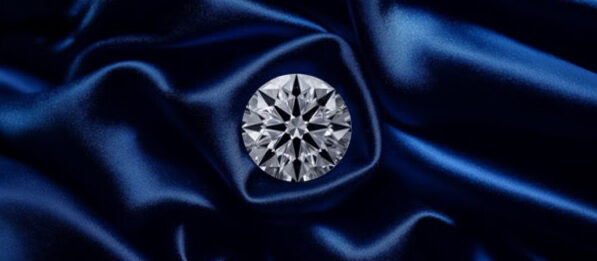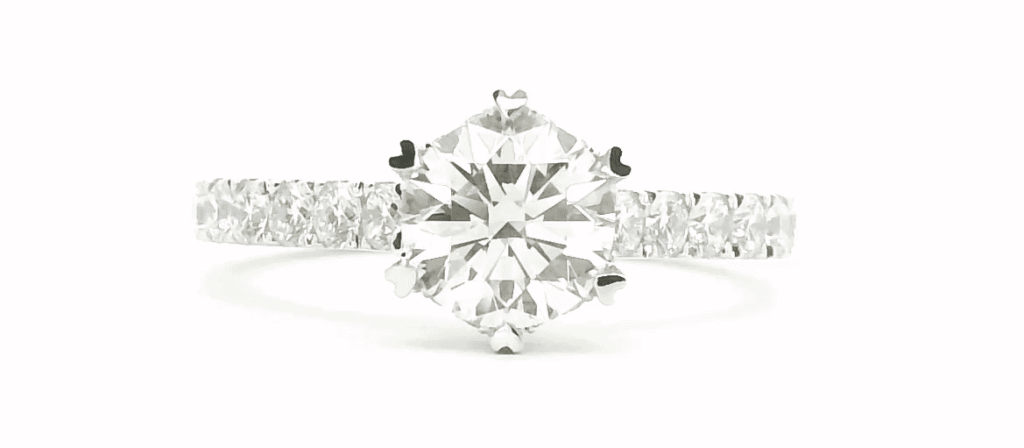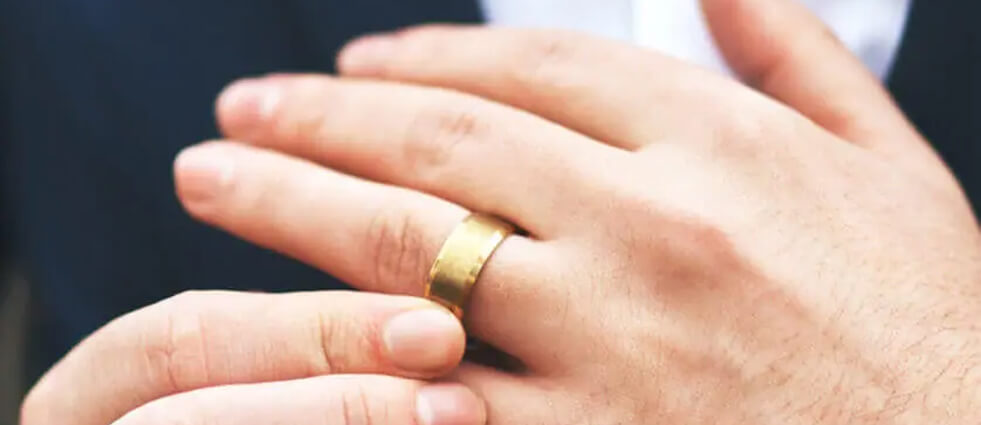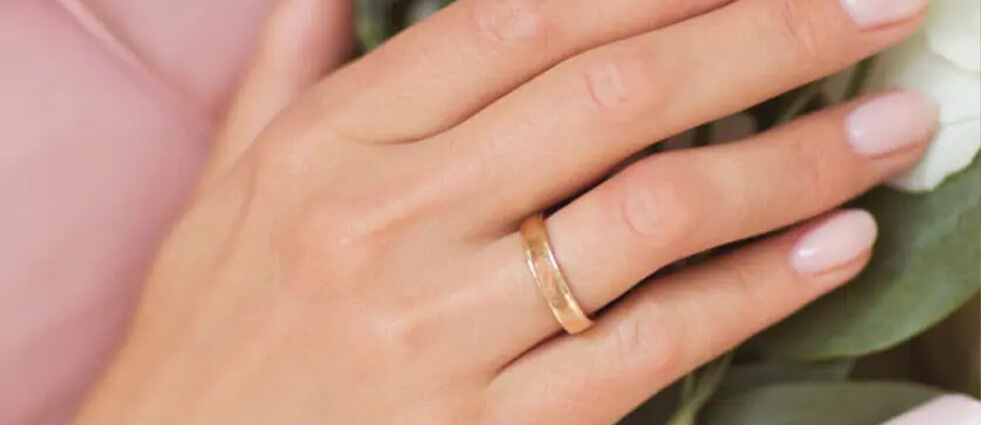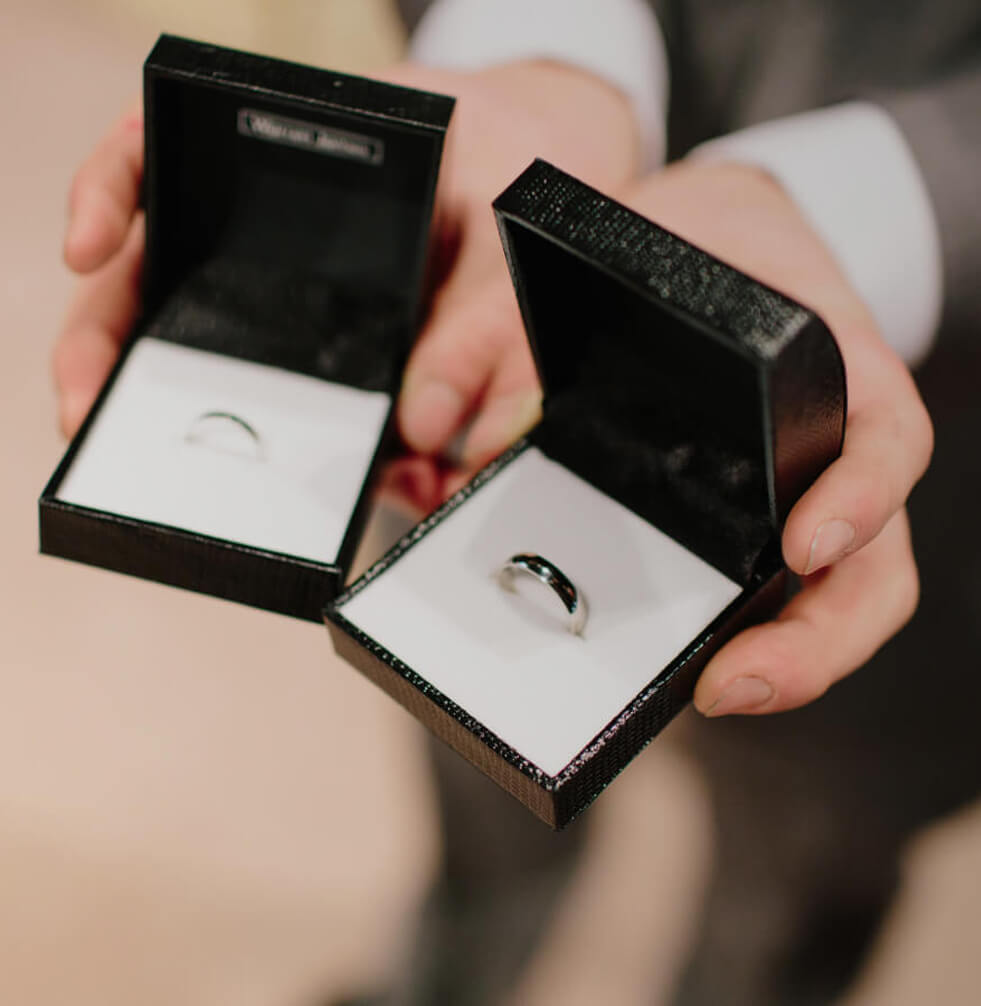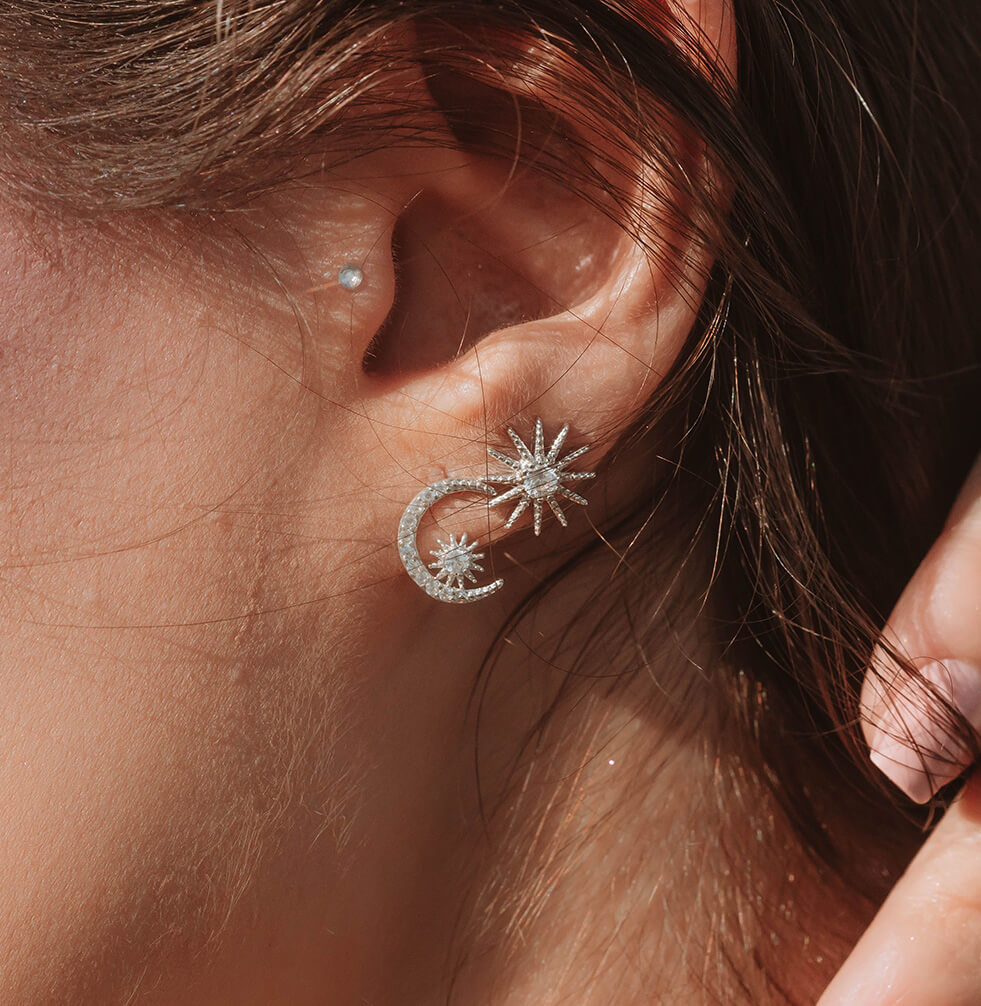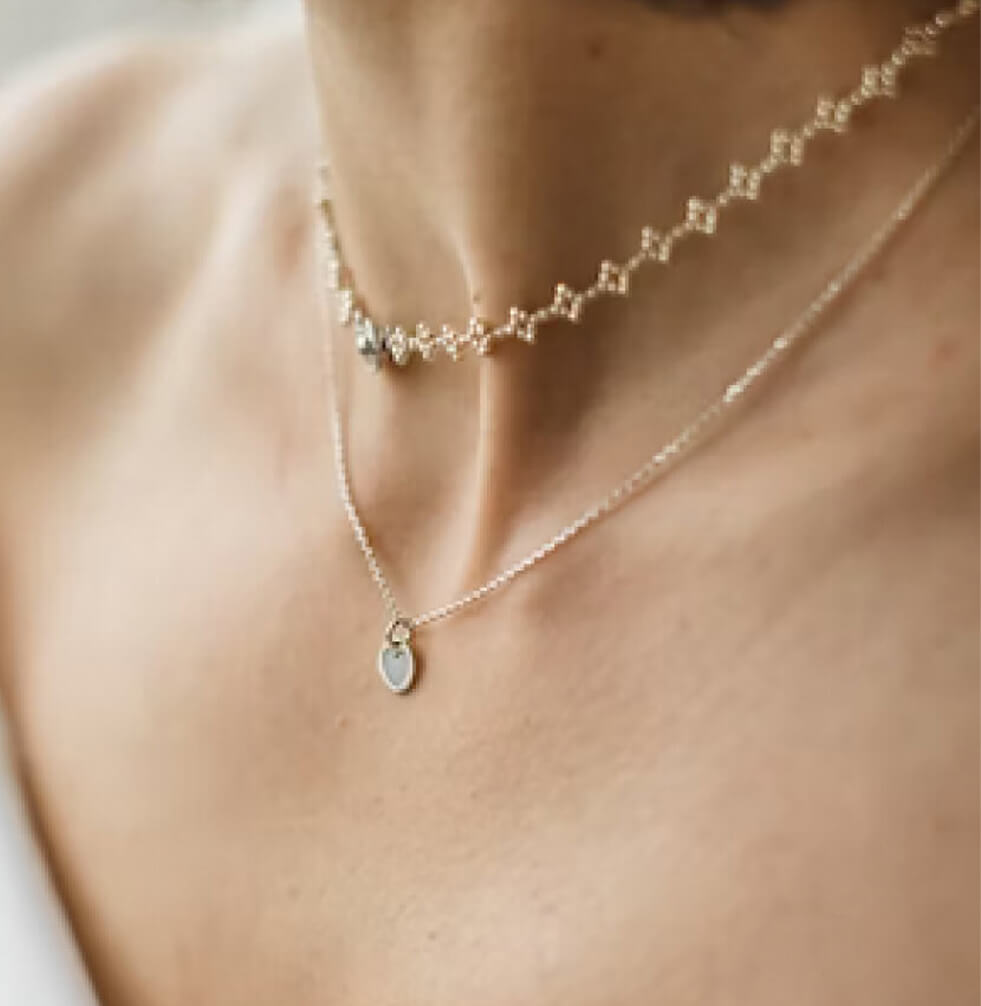Diamond Anatomy: Cut, Fire, Brilliance, and Scintillation
When it comes to diamonds, the cut is one of the most crucial factors that determine not only their beauty but also their value. At Diamond Ateliers, we believe that understanding diamond cut anatomy is key to making an informed choice, whether you’re a diamond enthusiast, a jeweler, or someone looking to purchase a diamond. In this guide, we’ll explore the intricacies of round diamonds, as graded by the Gemological Institute of America (GIA), and explain how light interacts with these stunning gemstones.
The Basics of Diamond Cut
Diamond cut refers to the way a diamond is shaped and faceted, influencing its ability to reflect and refract light. A well-cut diamond will showcase exceptional brilliance, scintillation, and fire, while a poorly cut diamond may appear dull and lifeless. Understanding the nuances of cut can elevate your diamond knowledge and ensure you select a gem that truly shines.
Shape
The shape of a diamond is its overall outline and can greatly influence its appearance and value. Common shapes include:
- Round: The most popular shape, known for its timeless brilliance.
- Princess: A square or rectangular shape with sharp corners, popular for modern designs.
- Emerald: A rectangular shape with cut corners, emphasizing clarity through large facets.
Facets
Facets are the flat surfaces on a diamond that enhance its sparkle. Key facets include:
- Crown Facets: Located on the upper part of the diamond, allowing light to enter and refract.
- Pavilion Facets: Found on the lower part, designed to reflect light back to the viewer.
Each facet’s size and angle are carefully crafted to maximize light performance, making the diamond shine brilliantly.
The Anatomy of a Round Diamond
GIA Report Overview
A GIA report provides comprehensive details about a diamond’s quality, including its cut, clarity, color, and carat weight. This document is essential for assessing the value and characteristics of a diamond, making it a reliable resource for buyers.
Proportions and Measurements
To truly appreciate a diamond’s cut, you need to understand its proportions. Here’s a breakdown of key measurements and how to assess them:
- Depth Percentage: This is the ratio of the diamond’s depth to its diameter. Ideal depth percentages typically range from 59% to 62%, which helps balance light performance and visual appeal.
- Table Percentage: The table is the flat surface on the top of the diamond. An ideal table percentage ranges from 53% to 58%. A well-proportioned table allows for maximum light reflection.
- Symmetry: Symmetry refers to how well the facets are aligned. A diamond with excellent symmetry will reflect light evenly, enhancing its overall brilliance.
- Culet: The culet is the tiny facet at the bottom of the pavilion. An ideal culet is pointed or very small, as a larger culet can allow light to escape, reducing brilliance.
- Girdle: The girdle is the band around the diamond’s circumference. An optimal girdle thickness ranges from thin to thick. A well-proportioned girdle contributes to the diamond’s durability and light performance.
- Length-to-Width Ratio: This ratio measures how elongated or square the diamond appears. For round diamonds, the ideal ratio is 1.0, ensuring a perfectly symmetrical shape.
When it comes to fancy-shaped diamonds, which are not graded by GIA, these proportions serve as an excellent reference for quality evaluation.
How Light Interacts with Diamonds
Crown Facets
The crown facets play a vital role in allowing light to enter the diamond. These angled surfaces are designed to capture light and facilitate its refraction within the stone. As light enters through the crown, it bends at different angles, creating the stunning visual effects we associate with beautiful gemstones.
The refraction of light results in the diamond’s scintillation (the sparkle seen when the diamond moves), fire (the dispersion of light into colors), and brilliance (the overall brightness of the diamond). Well-cut crown facets enhance these effects by ensuring that the diamond captures light from multiple angles. The result? A breathtaking sparkle that captivates your attention.
Pavilion Facets
The pavilion facets are the lower part of a diamond, located beneath the girdle. Their primary role is to reflect light back toward the viewer, significantly enhancing the diamond’s brilliance.
When light enters through the crown, it reaches the pavilion facets, which are strategically angled to maximize reflection. Proper depth and angle are crucial; if they are too shallow or steep, light can escape, reducing brightness.
The pavilion works in harmony with the crown facets to create a captivating interplay of light, ensuring the diamond sparkles beautifully from every angle.
Length and Angle of Facets
The length and angle of a diamond’s facets significantly impact how light passes through it. Here’s how different configurations can affect light performance:
- Good Example: A round diamond with a depth of 61.5%, a table of 56%, and well-proportioned crown and pavilion angles will exhibit maximum brilliance and scintillation, creating a dazzling effect.
- Medium Example: A diamond with a depth of 63% and a table of 58% may still appear beautiful but will lack some brilliance compared to the ideal cut, resulting in less effective light performance.
- Bad Example: A diamond with excessive depth (over 65%) and a large table (over 60%) will struggle to reflect light properly, leading to a dull appearance.
Key Terms in Light Performance
Understanding how facet angles and lengths affect light performance is essential for selecting the perfect diamond. Here’s a closer look at key terms:
Scintillation
Scintillation refers to the sparkle produced when a diamond moves and light bounces off its facets. The angle and length of the facets play a crucial role; well-angled facets allow light to scatter effectively, enhancing scintillation. This captivating effect is influenced by a few key factors:
- Facet Design: The angles and orientations of the facets are essential for directing light. Well-angled facets help ensure that more light reflects back toward your eye, creating a brighter sparkle.
- Facet Length: The length of the facets also plays a significant role. Longer facets provide a larger surface for light to interact with, allowing it to bounce around more. This results in distinct flashes of light as the diamond moves.
- Light Pathways: When light enters the diamond, it interacts with different facets based on their angles and lengths. As light bounces off these surfaces, it scatters and creates a dazzling kaleidoscope effect. The combination of effective reflection and the nuanced pathways formed by the facets increases the frequency and visibility of these beautiful flashes.
Brilliance
Brilliance is the overall brightness of a diamond, resulting from light reflected from its surface. A diamond with precise facet angles and proportions maximizes brilliance, ensuring that light returns effectively to the viewer. A diamond’s brilliance is influenced by several key factors:
- Facet Angles: The angles of the facets are crucial for maximizing brilliance. When facets are cut at precise angles, they effectively reflect light back toward the viewer rather than allowing it to leak out through the bottom. This optimal reflection creates a bright, dazzling appearance.
- Facet Proportions: The proportions of the diamond, including the depth and width of the facets, also play a significant role. Properly proportioned facets ensure that light enters the diamond and is reflected multiple times within, enhancing the overall brightness before it exits.
- Surface Quality: The finish of the diamond’s surface impacts brilliance as well. A smooth, well-polished surface allows for better light reflection. Any scratches or blemishes can disrupt this reflection, reducing the diamond’s brightness.
In summary, brilliance is all about maximizing the light that is reflected back to your eyes, thanks to precise facet angles, proportions, and a polished surface. These elements work together to create the striking brightness that diamonds are known for.
Fire
Fire refers to the mesmerizing dispersion of light into a spectrum of colors, creating the enchanting rainbow effect that captivates diamond enthusiasts. The primary driver of this phenomenon is refraction, the bending of light as it passes through the diamond’s facets. Here’s how refraction plays a pivotal role in producing fire:
- Refraction Process: When light enters a diamond, it slows down and bends due to the diamond’s high refractive index (about 2.42). This bending is crucial for transforming white light into a spectrum of colors. The specific angles at which the facets are cut significantly affect how this refraction occurs.
- Facet Angles: The precise angles of the diamond’s facets are designed to optimize light refraction. Ideal facet angles ensure that light is bent effectively, maximizing the separation of colors. A well-cut diamond will showcase vibrant flashes of color as light refracts at just the right angles.
- Pathway of Light: As light travels through the diamond, it interacts with multiple facets, undergoing several instances of refraction. Each time light refracts, it splits further into its spectral colors. This complex pathway enhances the visibility of fire, making it more pronounced.
- Internal Reflection: Following refraction, some light may be internally reflected off the facets before it exits the diamond. This additional interaction can intensify the dispersion effect, allowing more colors to emerge and adding to the diamond’s overall fire.
- Quality of Cut: The overall cut quality determines how effectively these refraction components work together. A well-executed cut will maximize the potential for light to be refracted and dispersed beautifully, resulting in a dazzling display of fire.
In summary, fire is primarily driven by refraction, with facet angles and light pathways playing crucial roles in how light disperses within the diamond. The interplay of these factors creates the stunning color spectrum that makes diamonds so captivating, distinguishing fire from other characteristics like brilliance and scintillation.
Factors Influencing Light Performance
The specific angles and lengths of facets are critical to achieving scintillation, brilliance, and fire. A well-executed cut ensures that light enters and exits the diamond in a way that maximizes its visual appeal. Additionally, cut quality plays a significant role in how color is perceived in a diamond.
The Role of Inclusions and Clarity
While our focus is primarily on cut, it’s important to acknowledge that inclusions and clarity also affect a diamond’s appearance. Inclusions can impact light performance and may detract from the diamond’s beauty. For tips on how to select a diamond, we invite you to explore our comprehensive guide on how to choose a diamond.
Conclusion
Understanding diamond cut anatomy is essential for anyone passionate about diamonds. A well-cut diamond not only showcases exceptional beauty but also maintains its value over time. We encourage you to consider cut quality when selecting your next diamond, and remember that a well-informed choice will lead to a stunning and meaningful piece of jewelry.
Final Thoughts
Explore our curated collection of diamonds at Diamond Ateliers, and let us help you find the perfect gem that resonates with your unique style and story. With our expertise and commitment to quality, we’re here to ensure your diamond journey is truly unforgettable.

